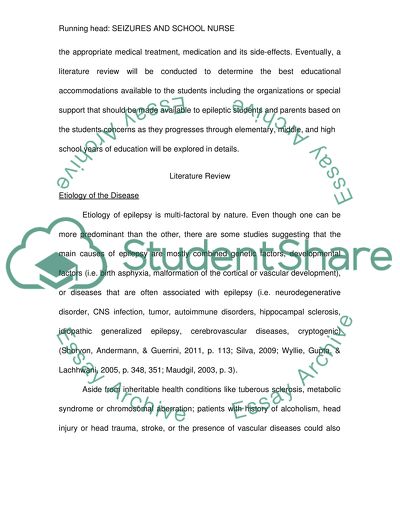Cite this document
(“Seizures and school nurse Dissertation Example | Topics and Well Written Essays - 2500 words”, n.d.)
Retrieved from https://studentshare.org/family-consumer-science/1416252-seizures-and-school-nurse
Retrieved from https://studentshare.org/family-consumer-science/1416252-seizures-and-school-nurse
(Seizures and School Nurse Dissertation Example | Topics and Well Written Essays - 2500 Words)
https://studentshare.org/family-consumer-science/1416252-seizures-and-school-nurse.
https://studentshare.org/family-consumer-science/1416252-seizures-and-school-nurse.
“Seizures and School Nurse Dissertation Example | Topics and Well Written Essays - 2500 Words”, n.d. https://studentshare.org/family-consumer-science/1416252-seizures-and-school-nurse.


